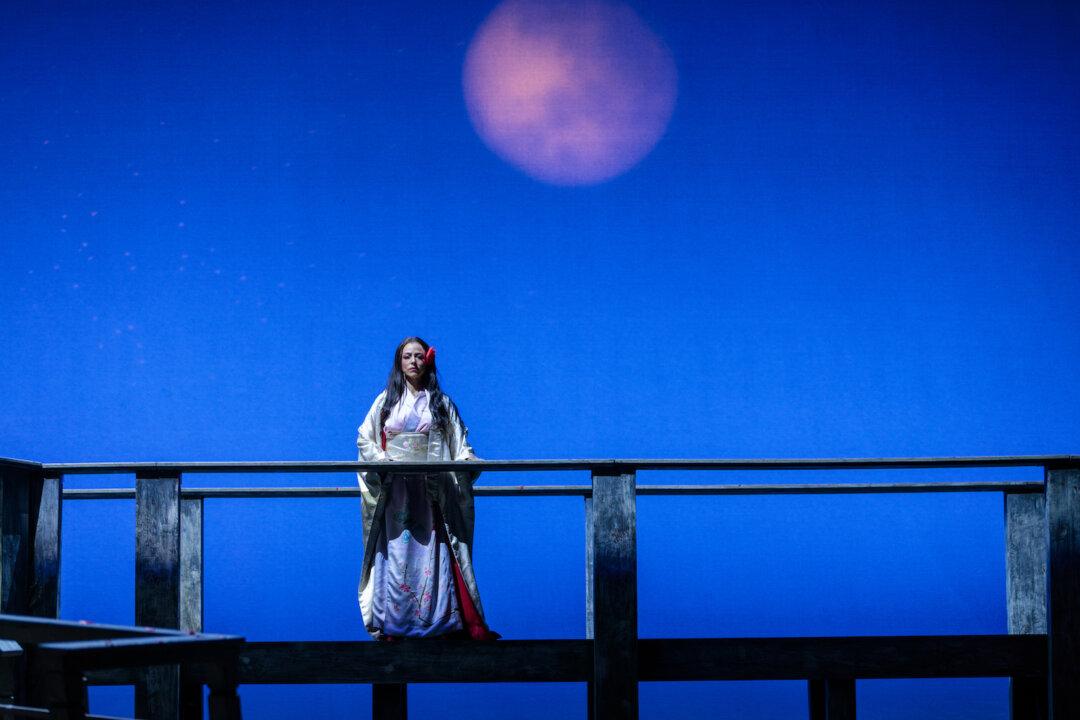Commentary
There are few opportunities that allow for true grandeur these days. Going to the grand opera is one of those rare experiences. San Diego is fortunate to have a fine opera company in its downtown area. Having gone to see three of their mainstage opera productions during the last year, I’ve come to really appreciate San Diego Opera’s high artistic caliber. On April 26, I had the pleasure of seeing their production of “Madama Butterfly” by Giacomo Puccini at the Civic Auditorium.





